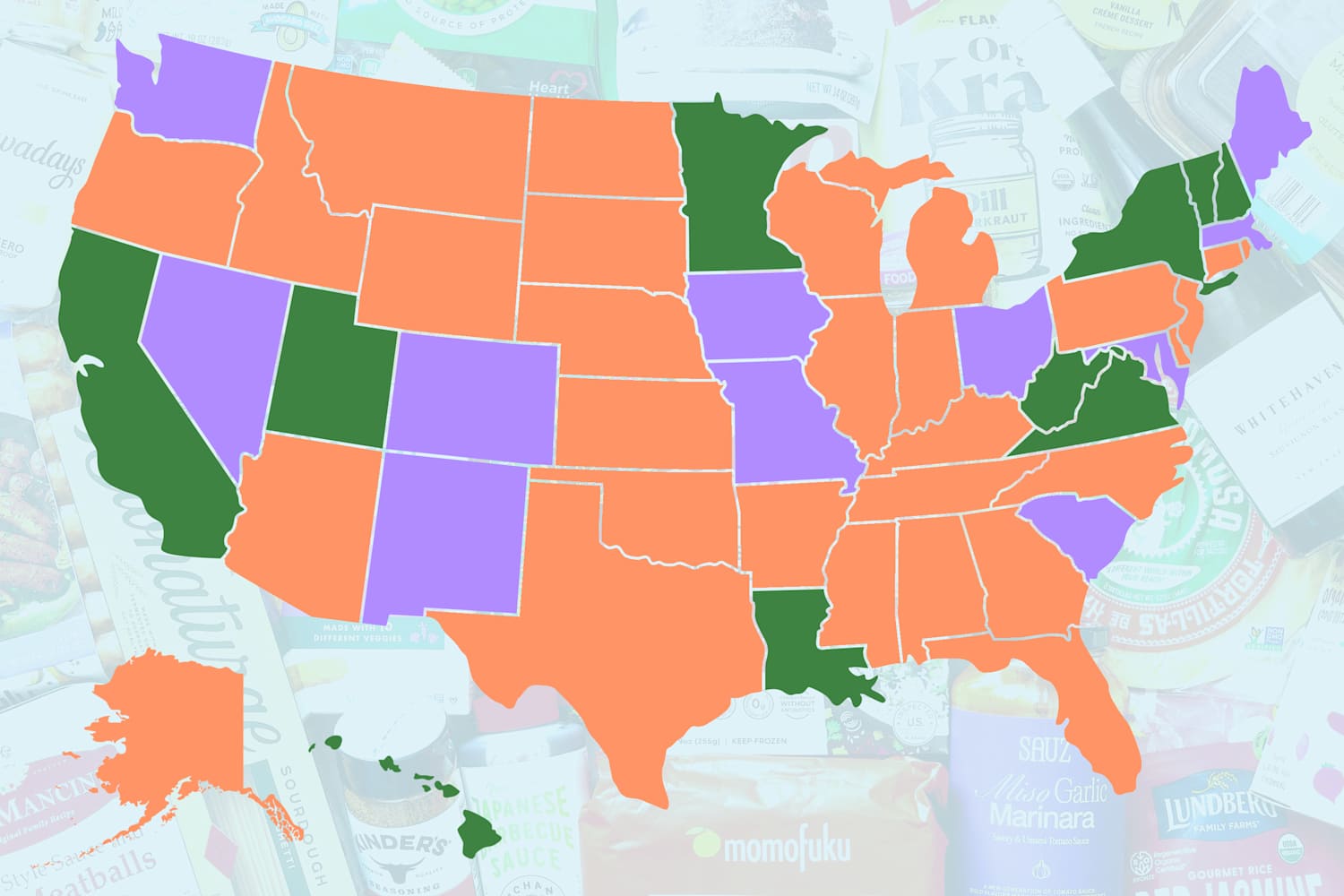Grocery costs have been on the rise for some time now, and many consumers are trying to find reductions to additional stretch their greenback. That stress is just magnified for those who obtain advantages from the Supplemental Diet Help Program (SNAP) — over 41 million folks (or 12.3% of the U.S. inhabitants).
SNAP is funded by the federal authorities and helps low-income Individuals purchase groceries. To obtain the advantages, you will need to meet sure necessities (which not too long ago, beneath the One Huge Stunning Invoice Act of 2025, have grow to be stricter). As soon as authorized, you obtain an digital profit switch (EBT) card along with your particular month-to-month allotment to spend on groceries of your selection at collaborating areas.
Nevertheless, SNAP advantages are at present anticipated to be halted come November 1. Which means hundreds of thousands of Individuals’ EBT playing cards is not going to be refilled. (Some states have allowed recipients to proceed utilizing the remaining stability — extra on that beneath.) Whereas SNAP is federally funded, implementation is executed by the states themselves. On October 10, the U.S. Division of Agriculture (USDA) despatched a letter to state companies informing them of inadequate funds to proceed the SNAP program and ordered them to cease distributing SNAP advantages come November “till additional discover.” A message on the USDA web site reads, “Backside line, the properly has run dry.”
What Does This Imply for SNAP Recipients?
SNAP recipients will now have to search out alternate technique of getting meals, which can possible imply counting on nonprofit organizations, meals banks, even household and buddies for assist — proper within the lead as much as the vacation season. The nonprofit organizations many depend upon are additionally feeling the impression and are gearing up for this vital second, already impounded by present excessive charges of meals insecurity.
Workers at West Aspect Marketing campaign In opposition to Starvation (WSCAH), a meals pantry in New York Metropolis’s Higher West Aspect neighborhood, know this all too properly and are witnessing the impression of the looming SNAP cuts firsthand. Delilah Guzman, a senior advantages entry specialist at WSCAH, advised me, “The opposite day I used to be working with a mom who makes use of SNAP advantages to purchase system for her toddler. With the upcoming cuts and the shutdown, she’ll have to decide on between paying payments and offering system and meals for her kids.” Delilah additionally works with an older grownup battling stage 4 breast most cancers. “SNAP advantages is how she is ready to purchase the nourishing meals she wants. It helps maintain her remedy, as a result of we all know meals can be medication,” she says. That is the actual impression, and that’s just some folks at one group.
Within the face of the looming SNAP cuts, WSCAH can be making adjustments to its mannequin to supply further help. They’re rising the allotment of meals they serve per household by 50% (“further fruit and veg, an extra pound of protein, and extra grains”) beginning November 1. WSCAH’s CEO Chef Greg Silverman additionally traveled to Washington D.C. earlier this week advocating for SNAP. “Legally, the USDA has authority to launch $5 billion to $6 billion in SNAP allotted contingency funds with out even reopening the federal government. That is the only and quickest answer to help SNAP prospects throughout the nation. We want extra collaboration to help communities in want, not much less,” Greg says.
To fill the gaps for his or her constituents, state companies and leaders are taking motion to satisfy their communities’ wants in quite a lot of methods. As of October 28, 25 states have sued the USDA over its choice to droop SNAP advantages, asking the USDA to make use of contingency funds to maintain this system going, even within the face of the federal government shutdown. However on the time of reporting, thus far, they haven’t budged, stating that these funds are allotted for pure disasters.
To offer help, DoorDash even launched its personal emergency meals response, pledging to ship 1 million meals free of charge to meals banks by way of its Challenge DASH program and waiving supply and repair charges for SNAP grocery orders. Some states have arrange contingency plans or are at present working towards some kind of interim plan. This map particulars which states have some type of a contingency plan, which have talks of a contingency plan within the works, and which have none in any respect. Right here’s what’s occurring in every state.
How States Are Taking Motion
As of the time of reporting, thus far 10 states have applied some type of a contingency plan: California, Hawaii, Louisiana, Minnesota, New Hampshire, New York, Utah, Vermont, Virginia, and West Virginia.
Different states have some contingency plans or the makings of ones within the works, however it’s unclear if they are going to really come to fruition come November 1. These embody Colorado, Iowa, Maine, Maryland, Massachusetts, Missouri, Nevada, New Mexico, Ohio, South Carolina, and Washington.
The remaining states haven’t issued any contingency plans or emergency funds on the time of reporting. If you’re in want of meals, the sources beneath can assist you discover native meals banks and different emergency meals options. If you’re not in want of meals, you may help organizations comparable to WSCAH by way of donations.

